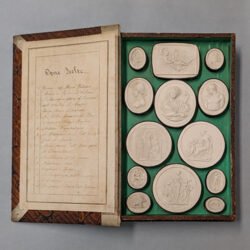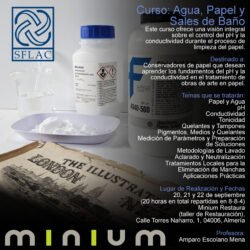Due to the relative high resistance of the material, bronze has been widely used for outdoor sculpture. Traditionally, after being casted in the foundry, the surface of the sculpture is worked further to add some detail as well as to remove small imperfections, joints and casting marks. After this procedure, the sculpture is colored by means of patination. A patina is a layer of stable corrosion, intentionally formed on the surface of the sculpture, by the application of a chemical that reacts with the exterior surface of the bronze. The different colorations of bronzes are obtained according to the chemicals and techniques used to develop the patina. Thanks to the mentioned stability, a patina will act as a protection if properly maintained.
The absence of maintenance usually prompts the development of other kind of corrosion, a natural green oxidation also known as Verdigris. Although this patina has been frequently taken as an added esthetical value, it is necessary to point out its lack of stability. When Verdigris is sustained by continuous changes of humidity and temperature or by the presence of pollutants, it builds up towards the core of the bronze, causing sooner or later a deep structural damage. Additionally, in tropical climates like the one that we experience in Florida, the rate of deterioration is substantially accelerated due precisely to the environment.
Even though there are not high levels of pollution due to high traffic or industry in Florida, there are abundant presence of chlorides or fluorides, typical in marine and coastal environments. These contaminants are as bad for bronzes, if not worse, than other pollutants. They act as accelerators of one of the most frequent alterations of metal sculptures, pitting corrosion.
For this reason, it is important to conduct frequent examinations of outdoors sculptures, identify initial stages of corrosion and carry out the necessary maintenance procedures, like the renewal of waxes or protective coatings of lacquer, more regularly than in other climatic zones.
As a final point, we cannot forget that outdoor bronze sculpture maintenance is a very cost effective action if compared with a whole conservation-restoration treatment. Furthermore, if performed regularly, yearly or twice-yearly, it will protect the aesthetic appearance of the sculpture in addition to its financial value.







